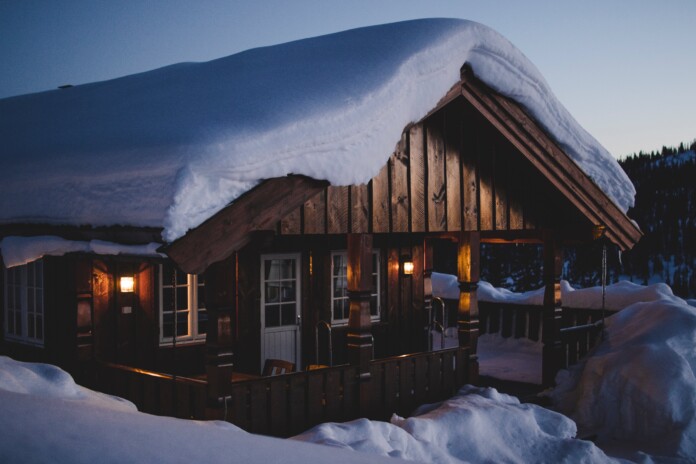As the winter season approaches, maintaining a warm and comfortable home becomes a top priority. At a time when the cost of living crisis is affecting the amount of disposable household income, the challenge lies in heating your home in an efficient and cost-effective manner. In this article, we’ll explore seven strategies for keeping your home warm during the winter months, focusing on both short-term affordable solutions and long-term investments.
1. Insulate Your Home
Insulation is the first line of defence against cold weather. Proper insulation in walls, ceilings, and floors helps with heat retention. Start by investigating the areas prone to heat loss, such as the loft and other ceiling cavities. Insulating these areas can prevent a significant amount of heat from escaping and cold enter from entering your key living areas.
Expert Tip: Current building regulations recommend that you fit loft insulation at least 270mm thick. It is also essential to ensure it is not squashed by loft boards, boxes or other items. Compressed loft insulation reduces its effectiveness by 50%.
2. Seal Doors and Windows
The seals around your doors and windows compress to create an air and watertight seal between the window and frame. These seals should be replaced with replacement door and window seals once they deteriorate to ensure a long-lasting reliable seal. It is also possible to use sponge weatherstrip seals as a secondary line of defence against draughts and cold air ingress.
Gaps and cracks in windows and doors can let in cold drafts and let out warm air. Sealing these leaks is a cost-effective way to improve your home’s warmth. Using secondary glazing gaskets or caulking allows you to fill any additional gaps or tolerances around the window frame.
Expert Tip: It is recommended that you use flexible filers, such as decorators caulk or silicone sealant, to allow for any movement in the house caused by changes in temperature.
3. Upgrade Your Heating System
Outdated and poorly maintained heating systems may not operate in effectively or efficiently. Upgrading to a more efficient system, such as a new gas boiler or air source heat pump, can provide more consistent heat and reduce your monthly energy bills.
Expert Tip: Regular maintenance of your heating system, including changing filters and servicing by a professional, is essential for optimal performance.
4. Utilise Smart Thermostats
Smart thermostats allow you to control your home’s temperature remotely. They can also learn your schedule to optimise your heating schedule, only heating your home when you are home. Set your thermostat to a lower temperature at night and use heated blankets for warmth to save on heating costs.
Expert Tip: Turning down your thermostat by one degree can reduce your heating bill by up to 10% and reduce your carbon footprint by up to 340kg per year.
5. Optimise Sunlight Exposure
Utilise natural sunlight to heat your home during the day. Open curtains and blinds on south-facing windows to let in sunlight and close them at night to keep the heat in.
Expert Tip: Plant deciduous trees near south-facing windows. They will provide shade in the summer and allow sunlight through in the winter when they shed their leaves.
6. Invest in Energy-Efficient Appliances
Energy-efficient appliances with an A EPC rating can reduce energy consumption while providing the same level of comfort. These appliances are designed to use less energy and can significantly lower your utility bills over time.
Expert Tip: Look for appliances with high energy efficiency ratings and consider purchasing a more expensive appliance that may offer greater long-term energy savings.
7. Consider Alternative Heating Sources
In addition to your primary heating system, it is always worth considering alternative sources like wood-burning or pellet stoves. These can provide efficient cost-effective heating, especially in areas where wood is abundant and cheap.
Expert Tip: Always ensure proper ventilation when using alternative heating sources to prevent carbon monoxide buildup.
Keeping your home warm during the winter is not only about comfort but also about efficiency and cost-effectiveness. By implementing these seven tips, you can enhance your homes warmth while minimizing energy usage. Remember, some solutions may have an upfront cost but can lead to significant savings and increased comfort in the long run. Stay warm and safe this winter!




